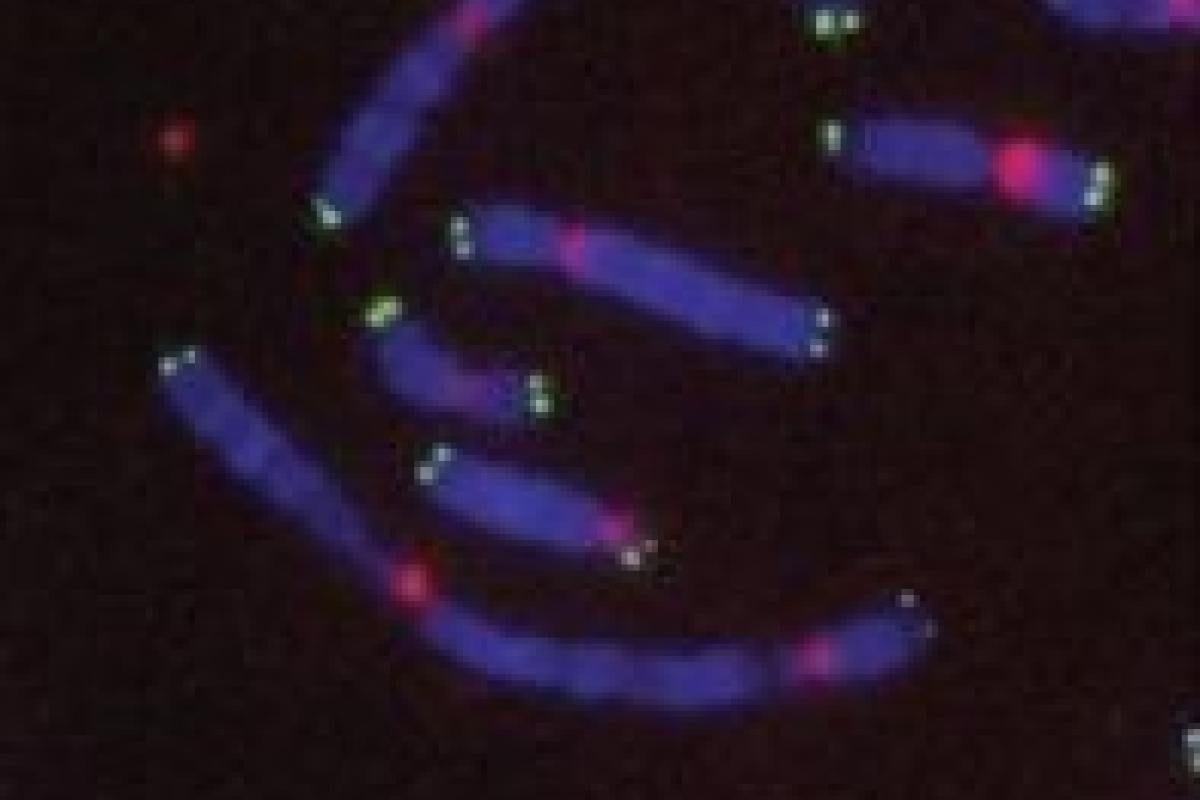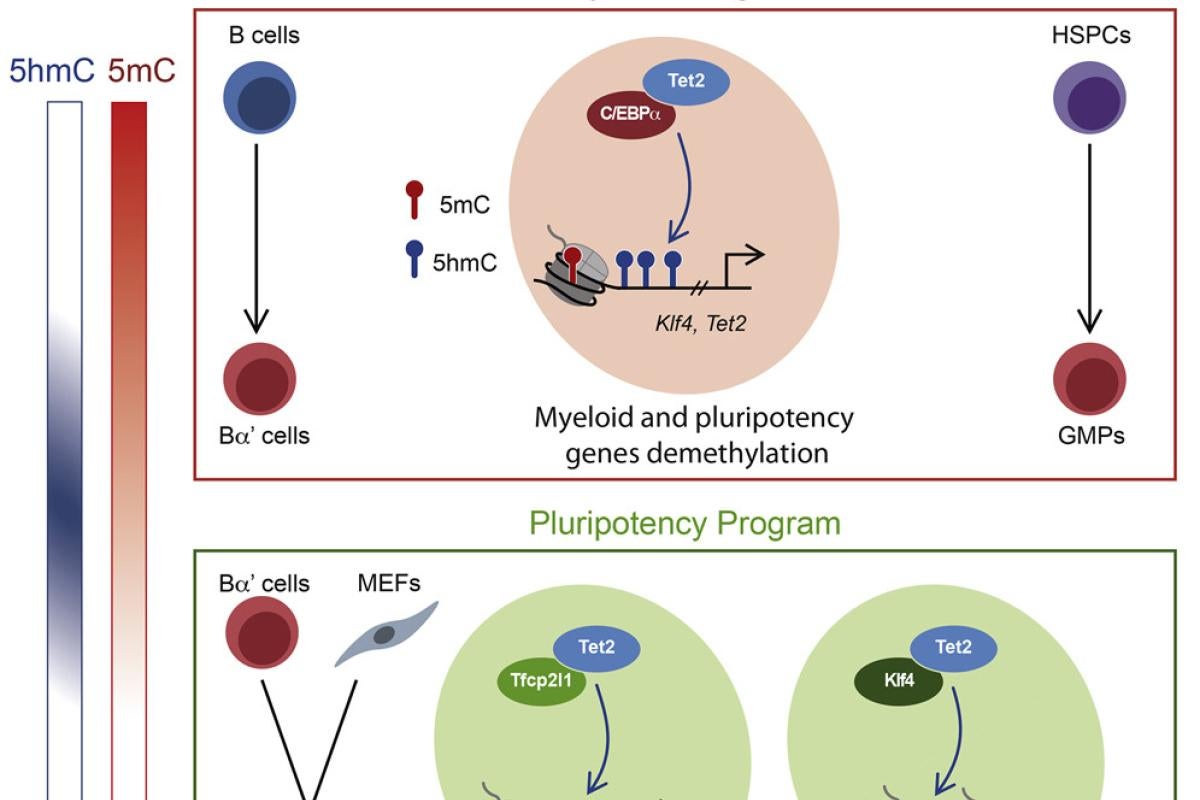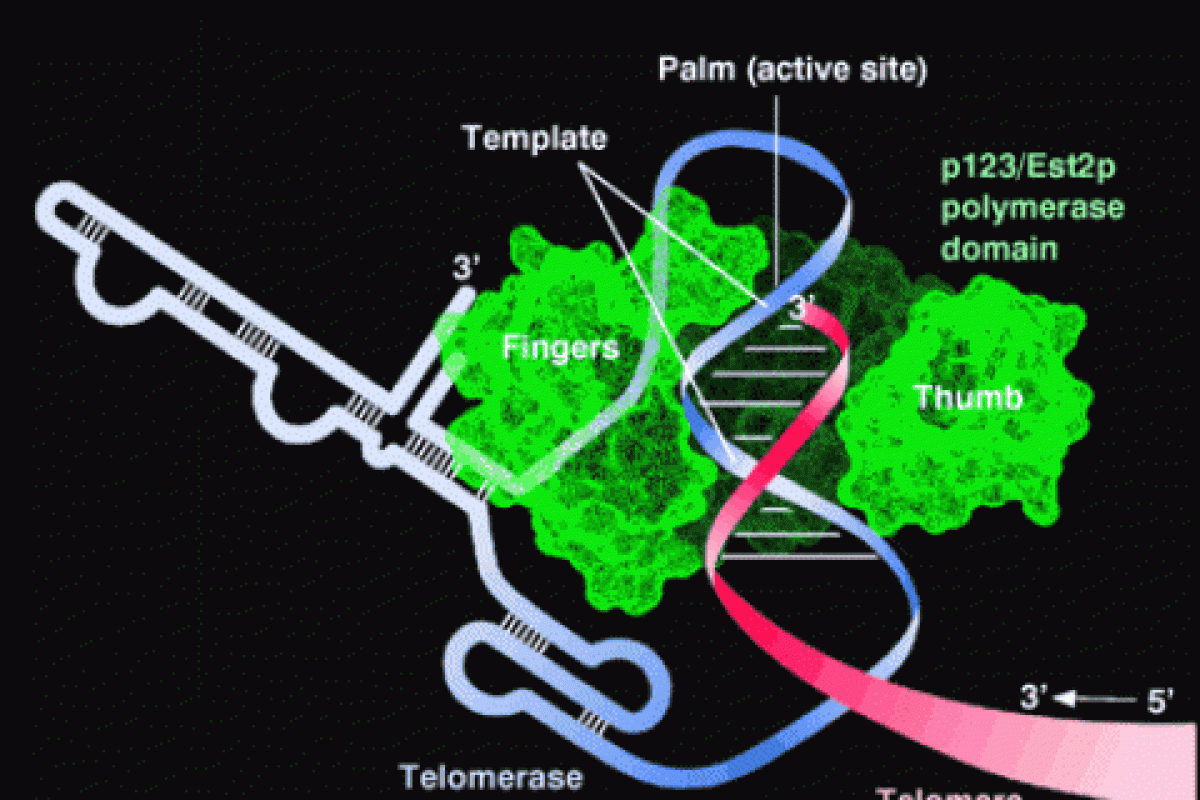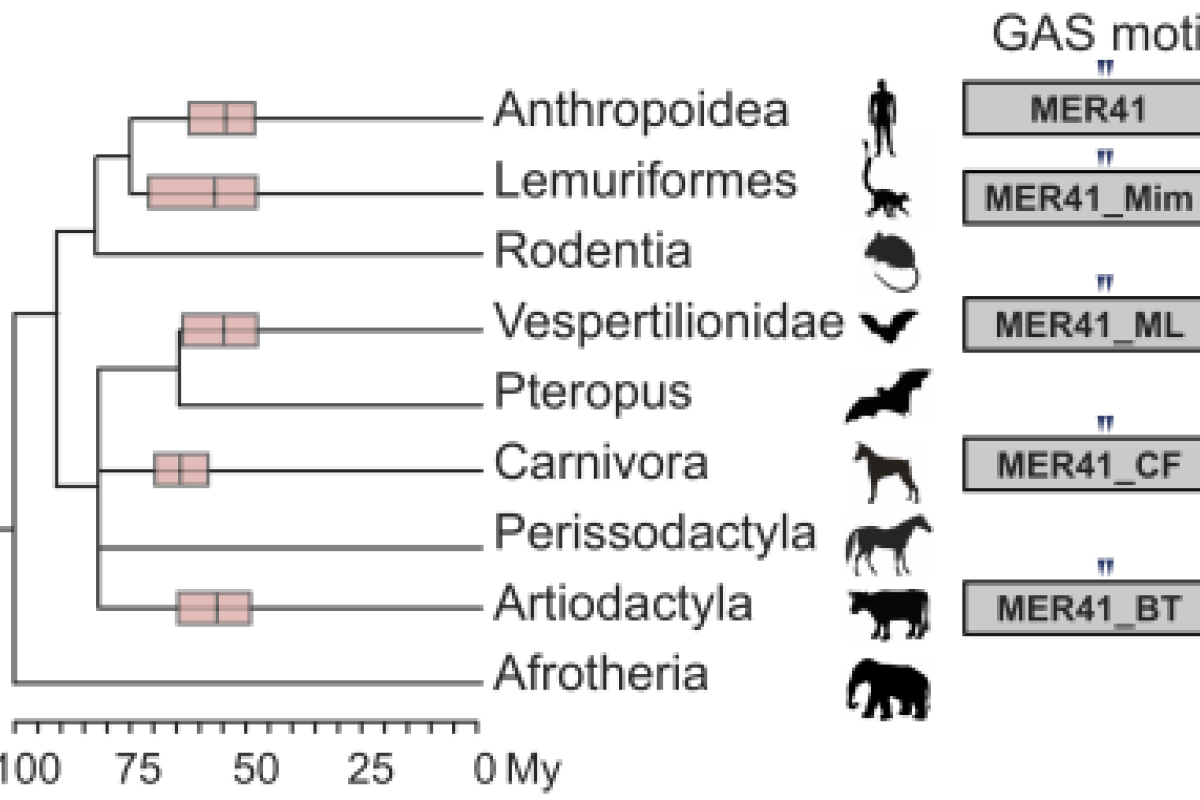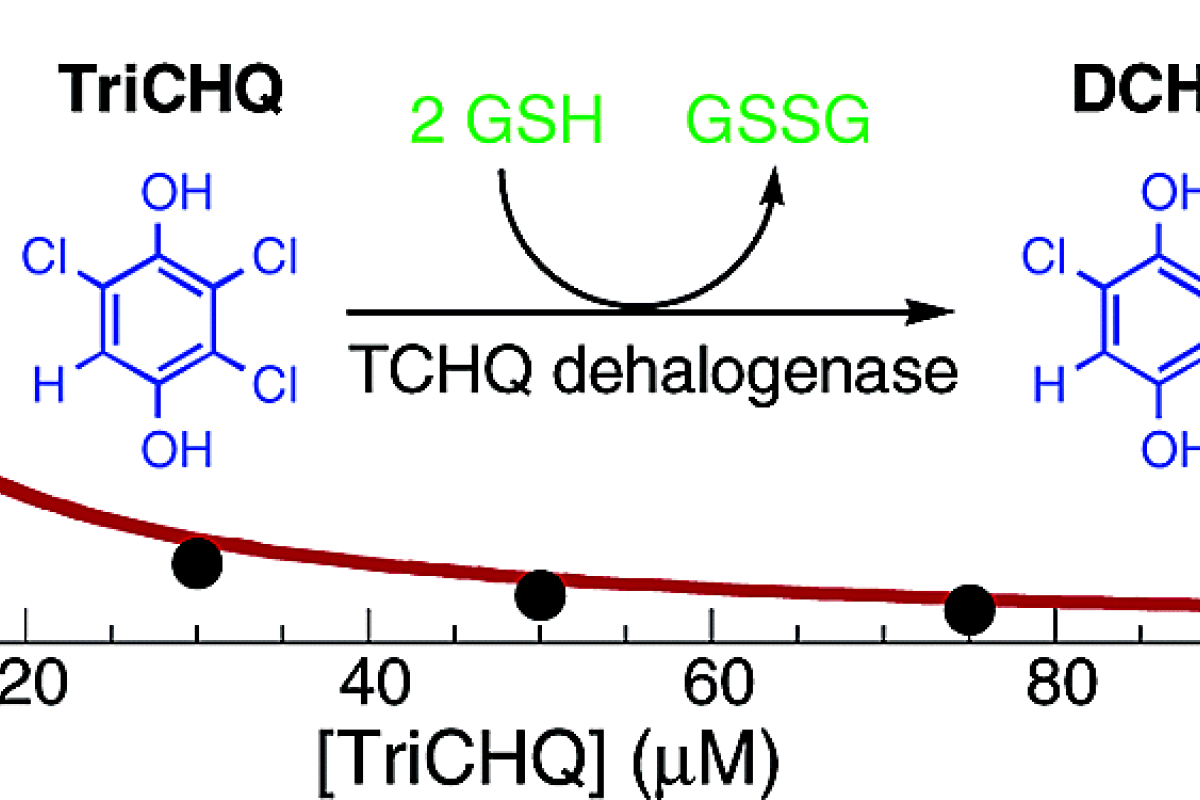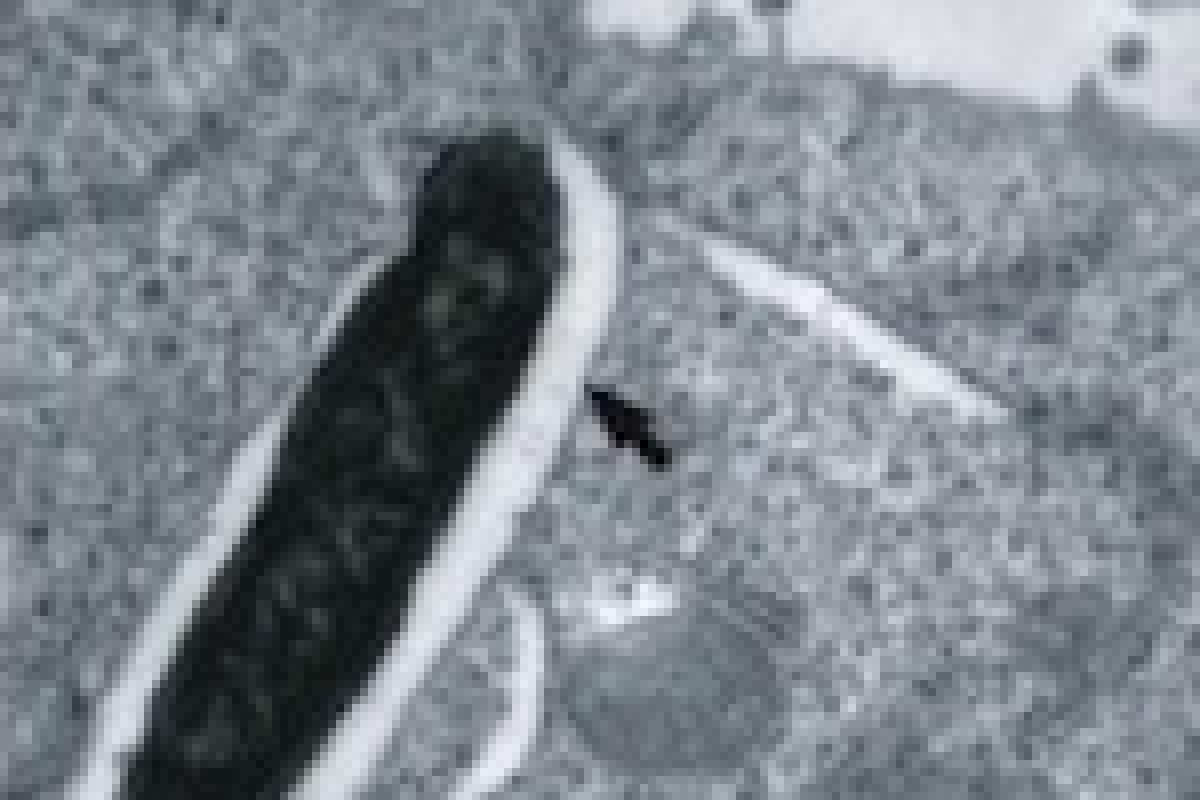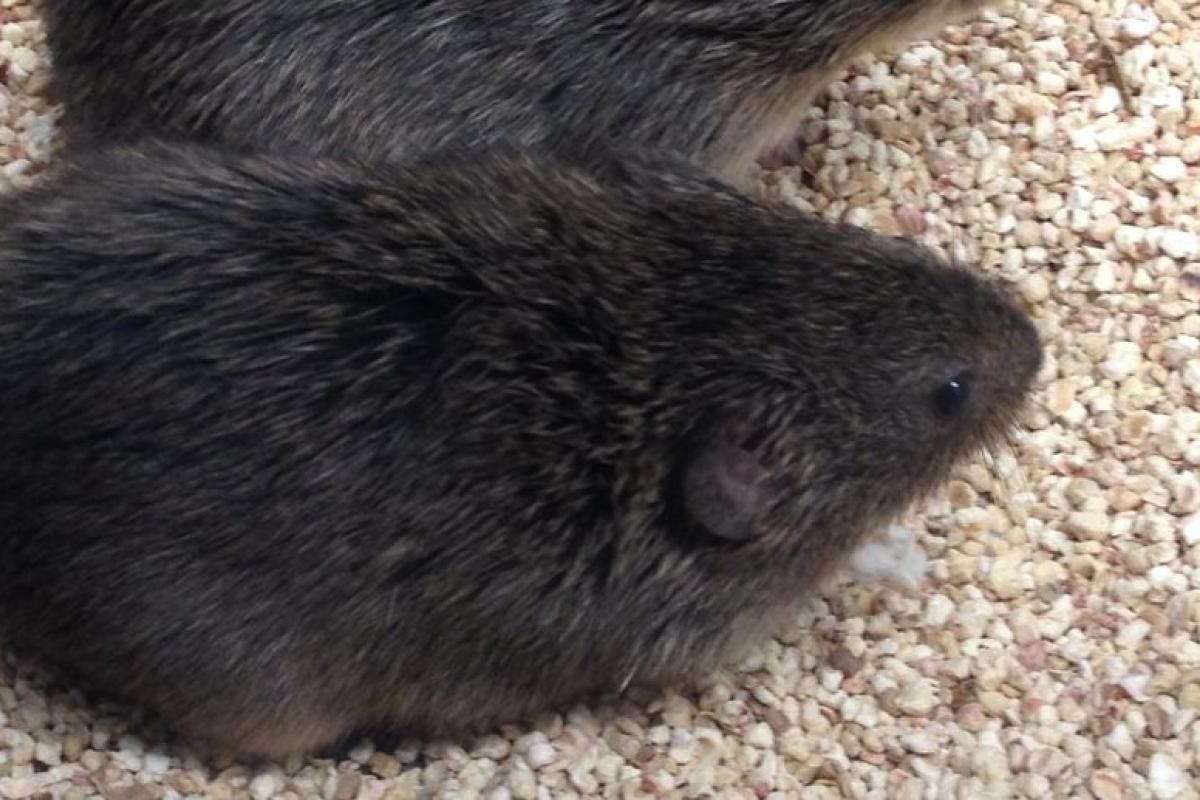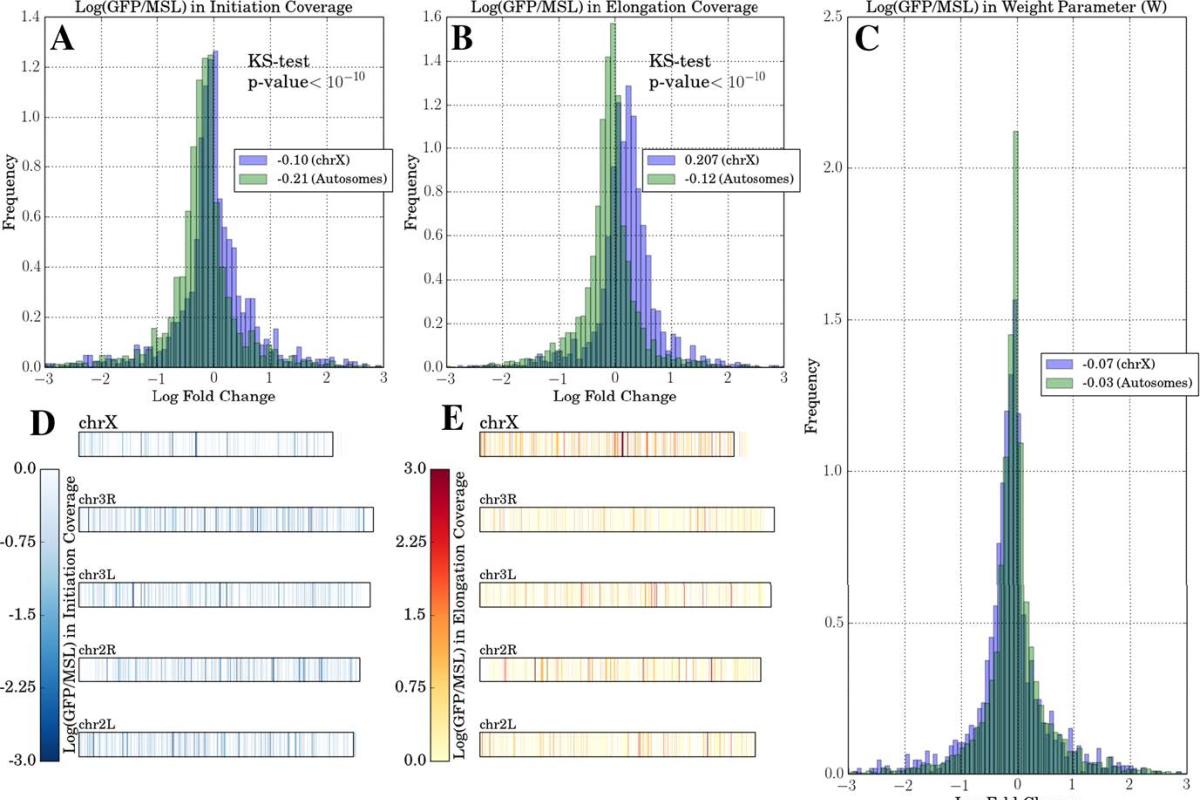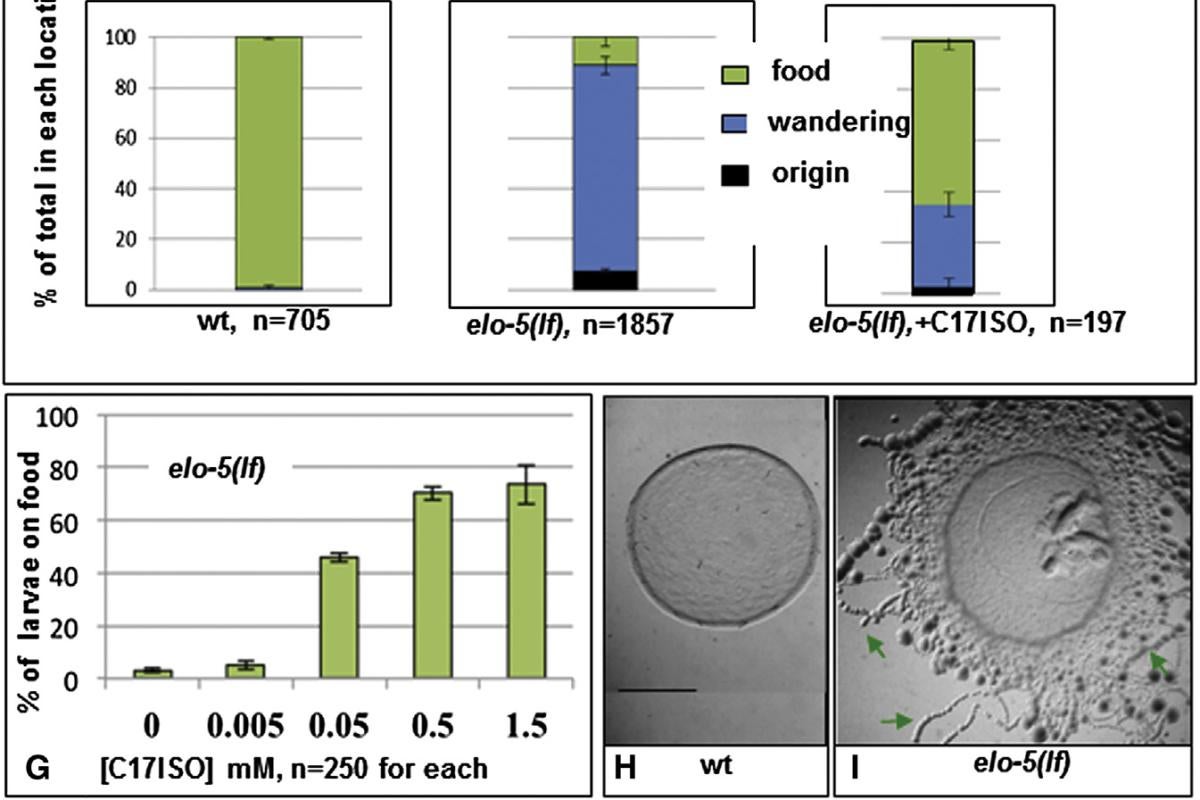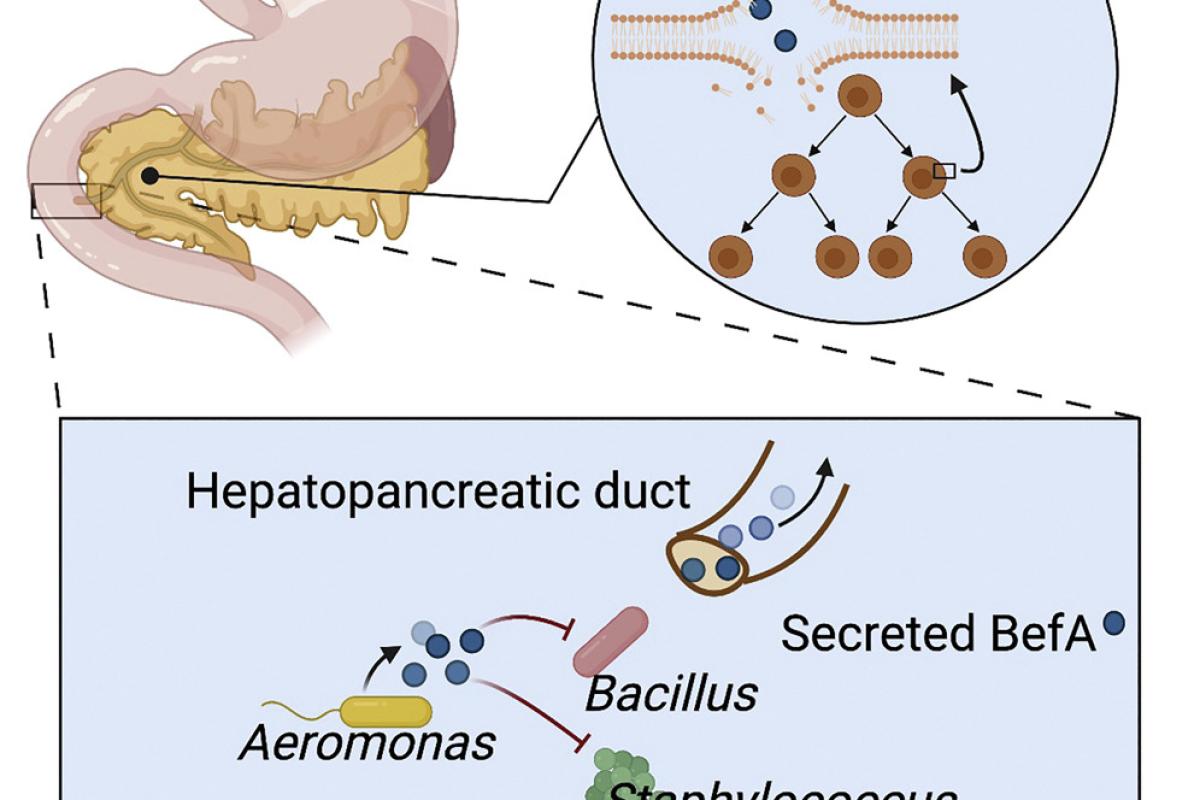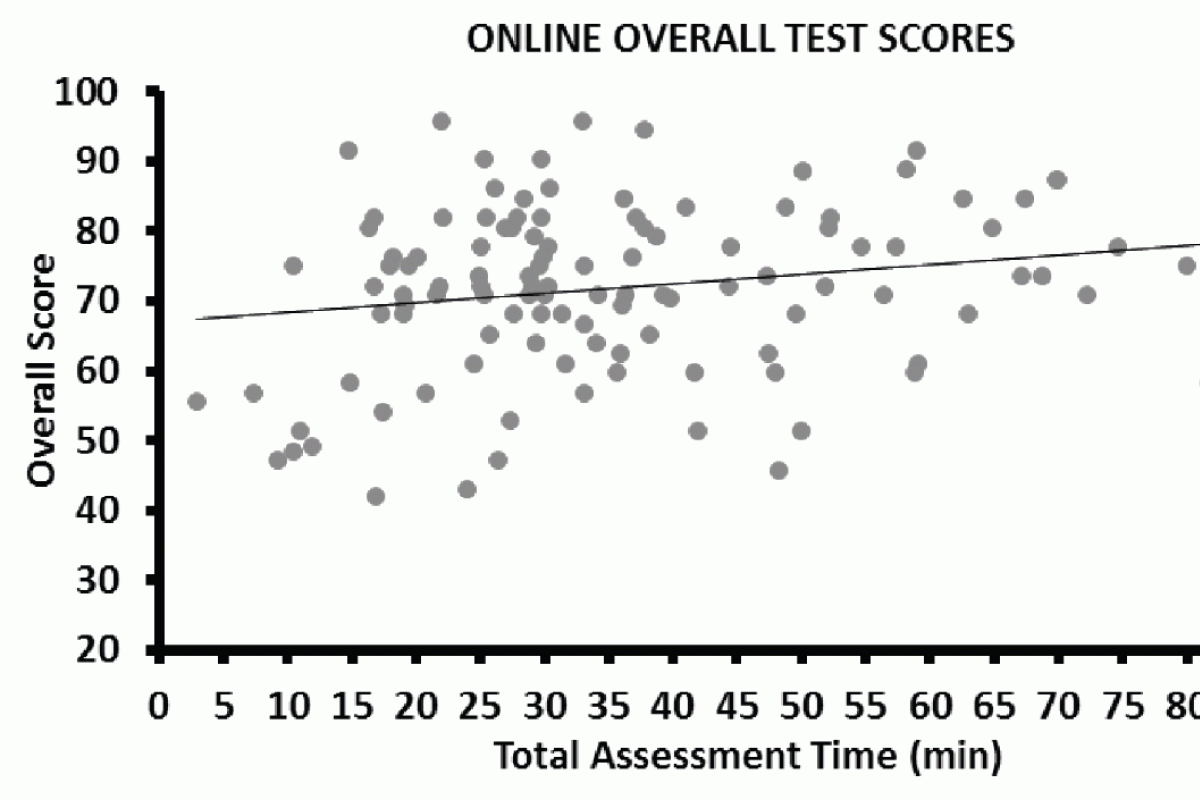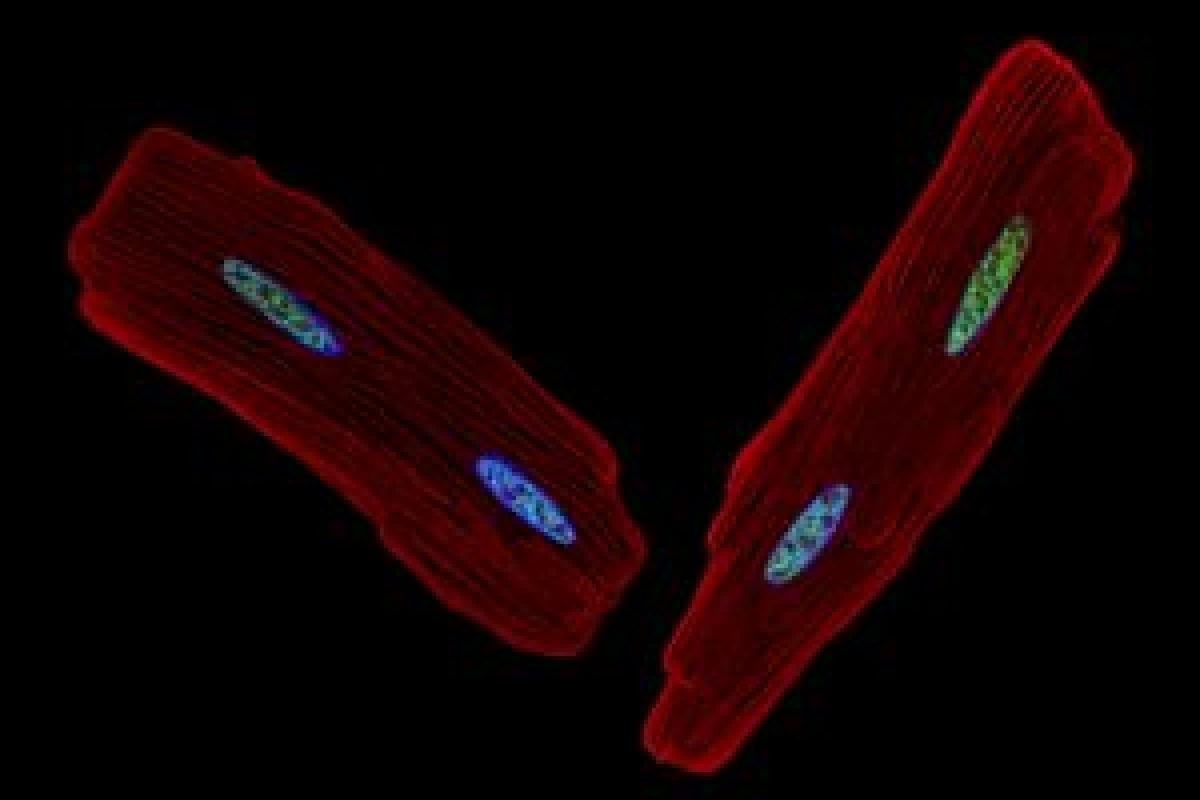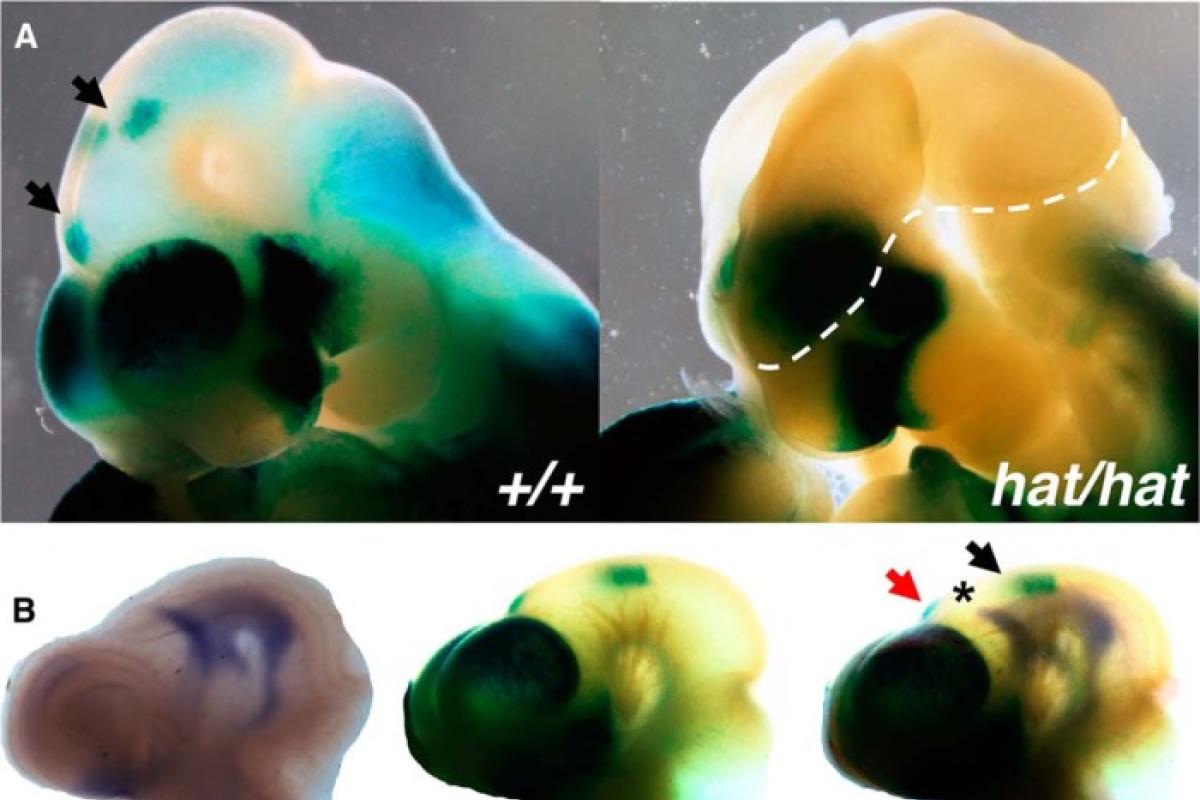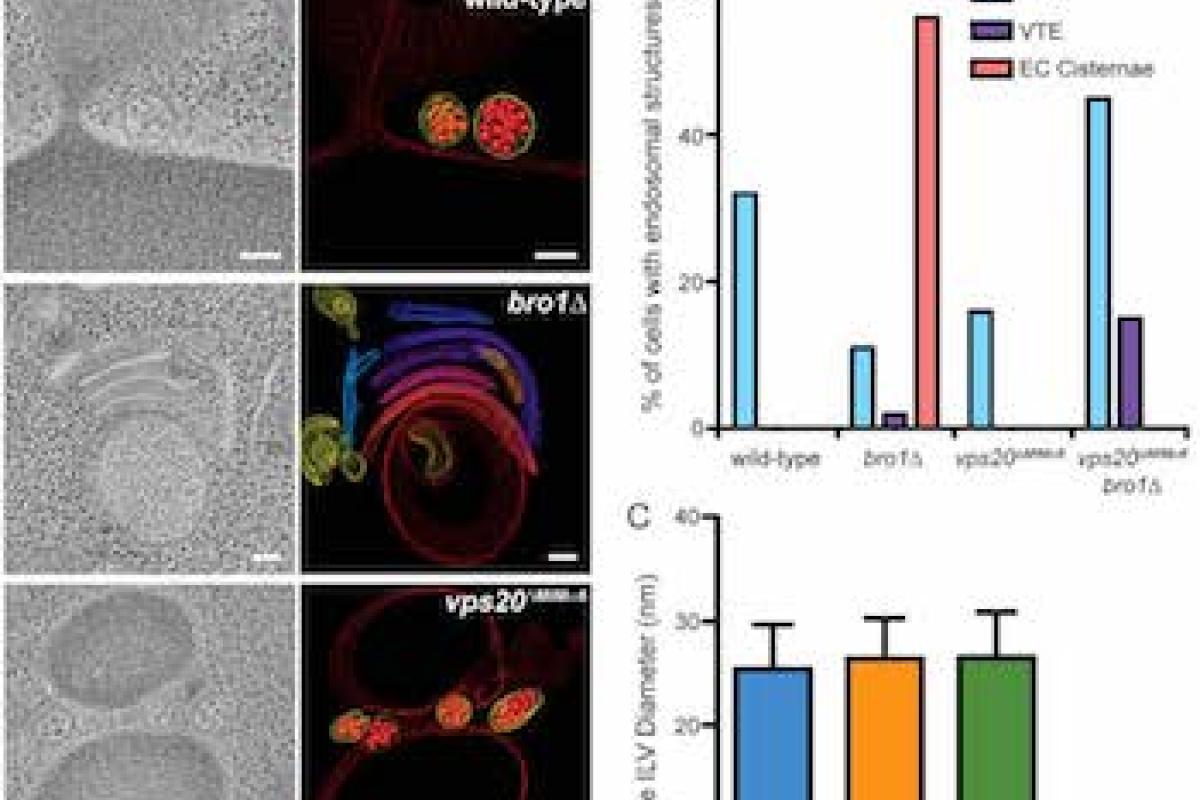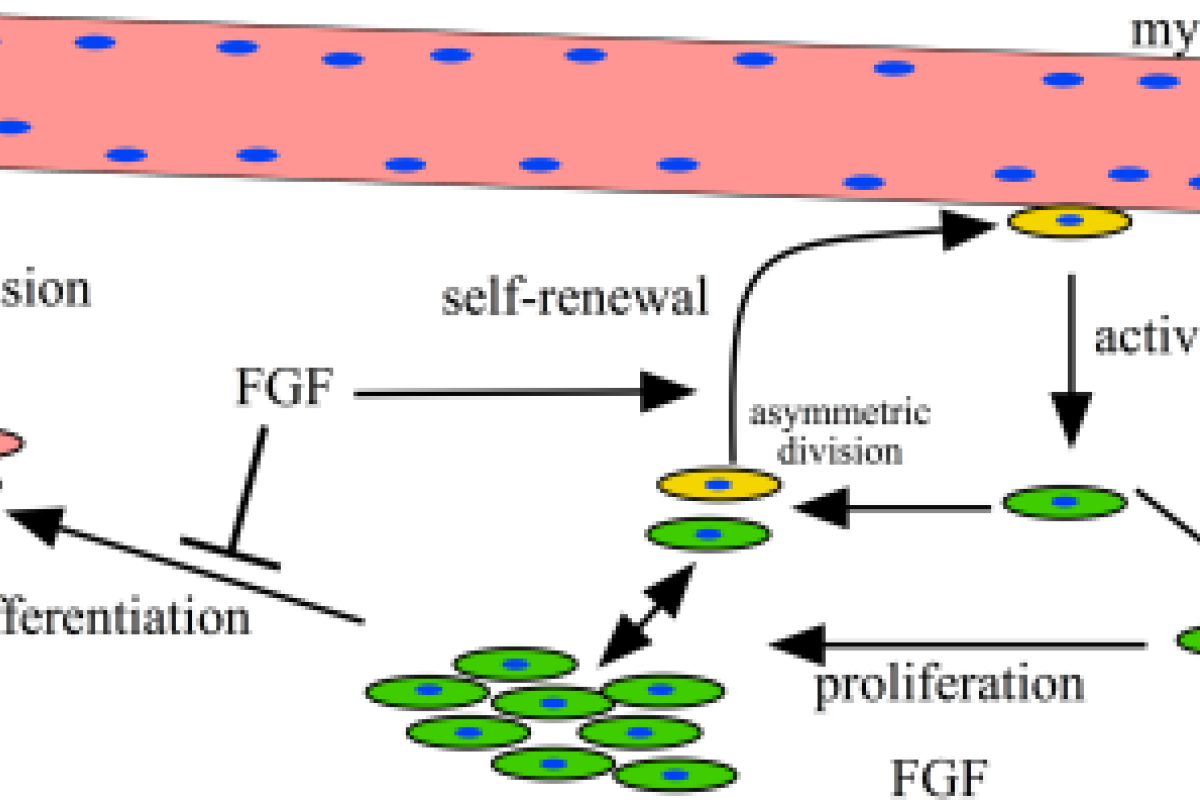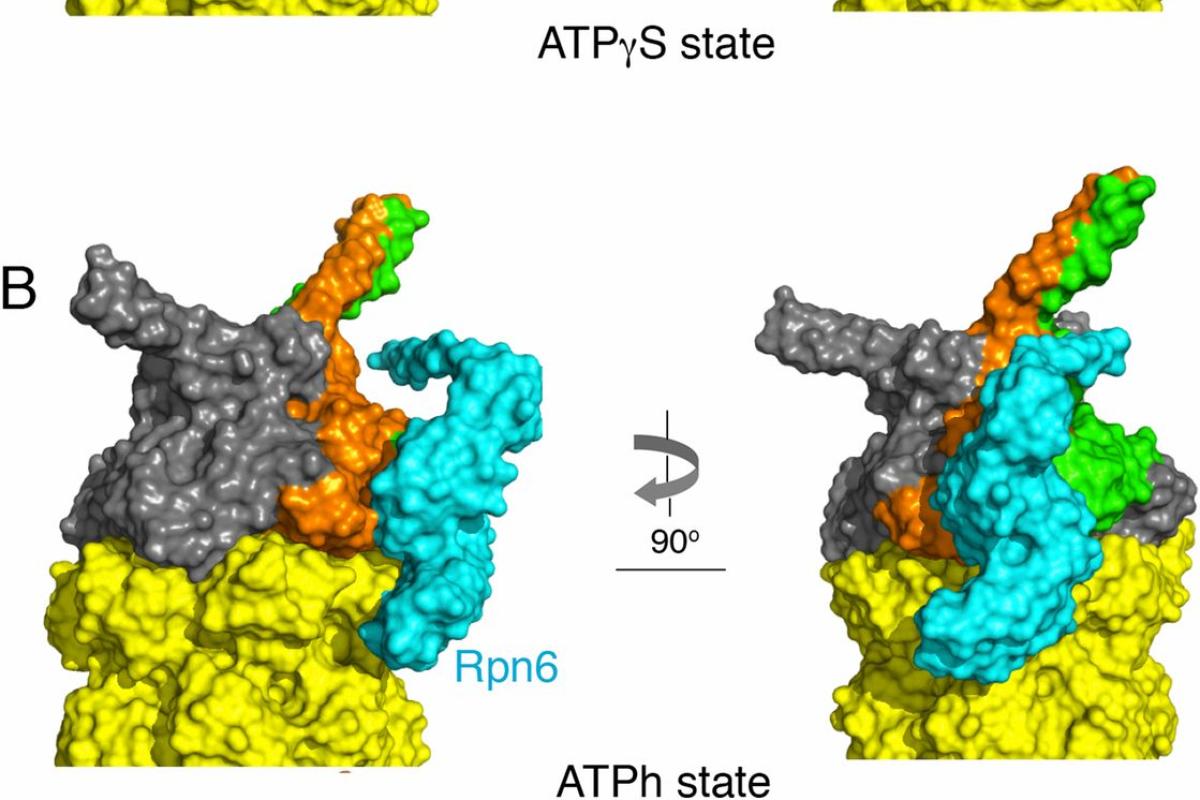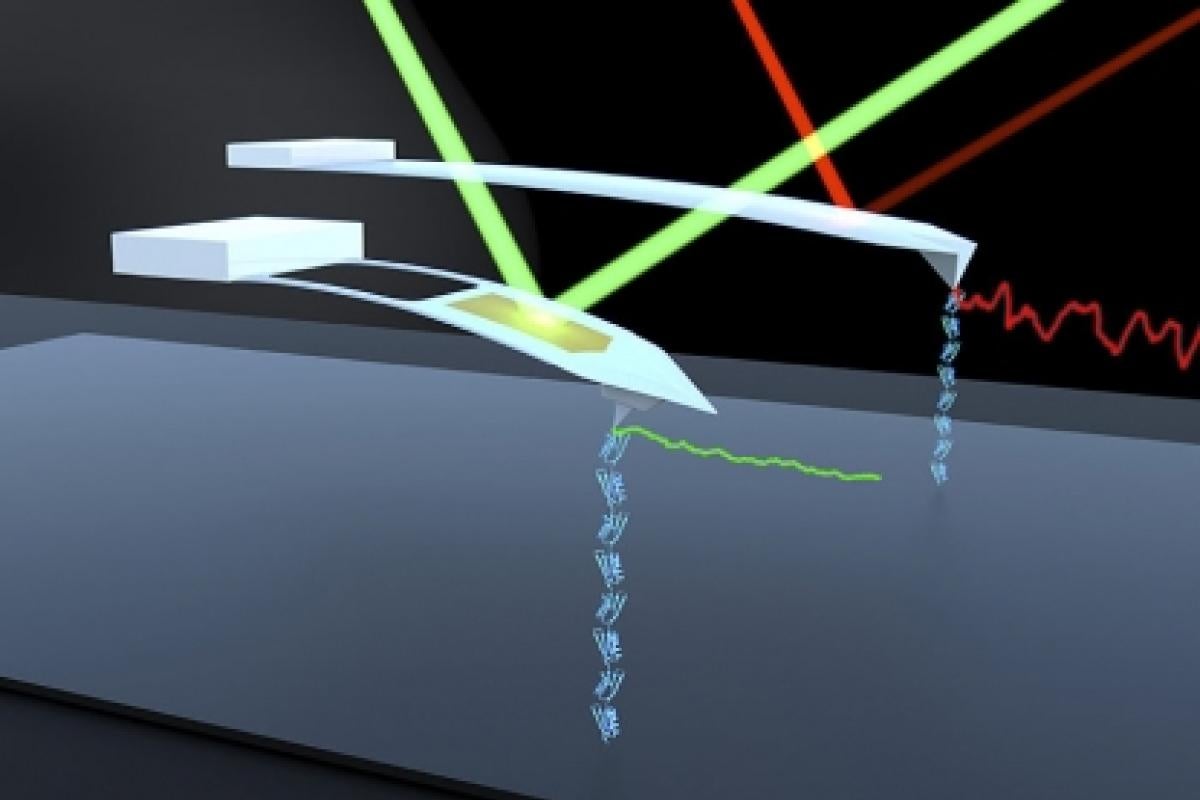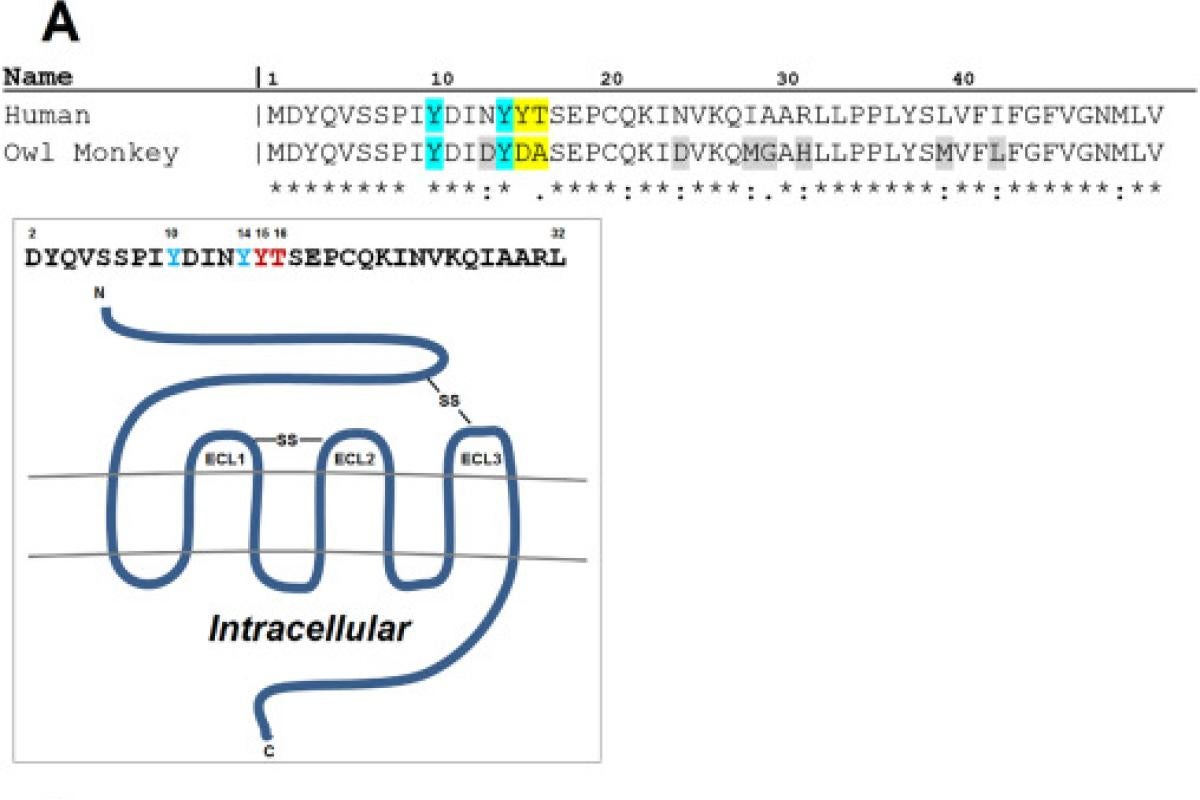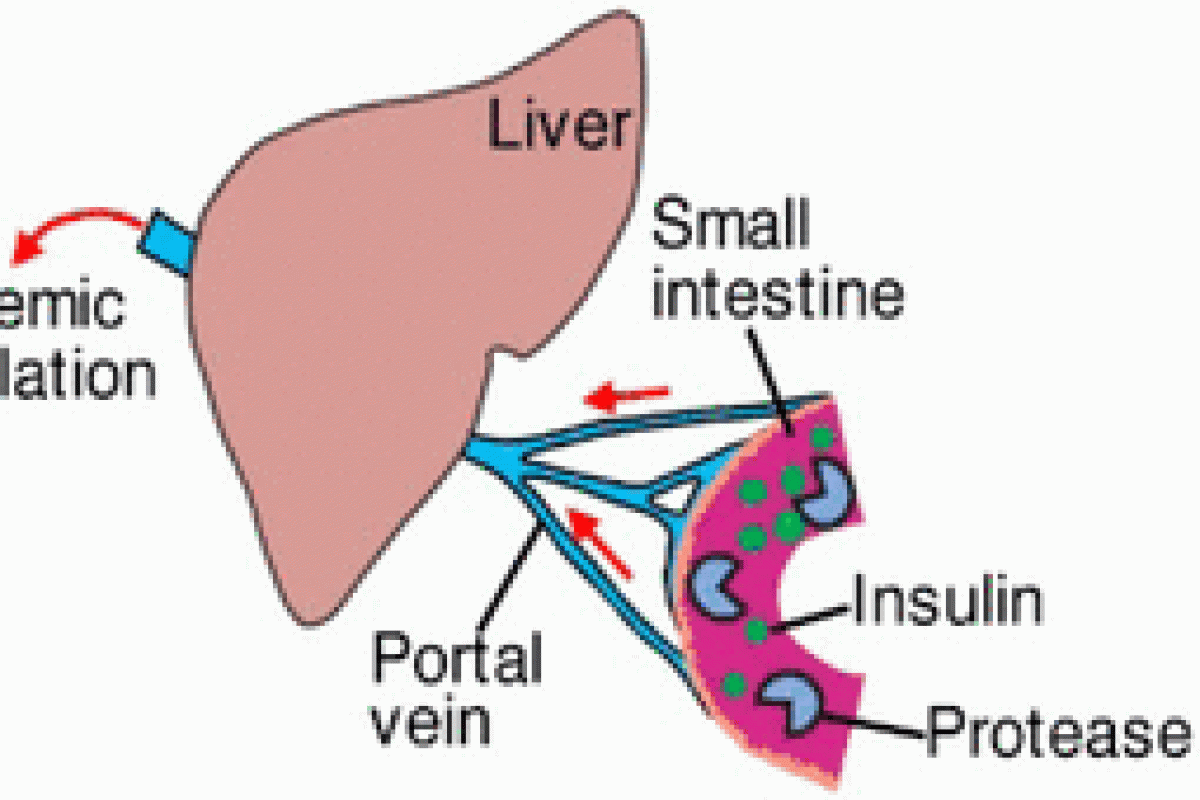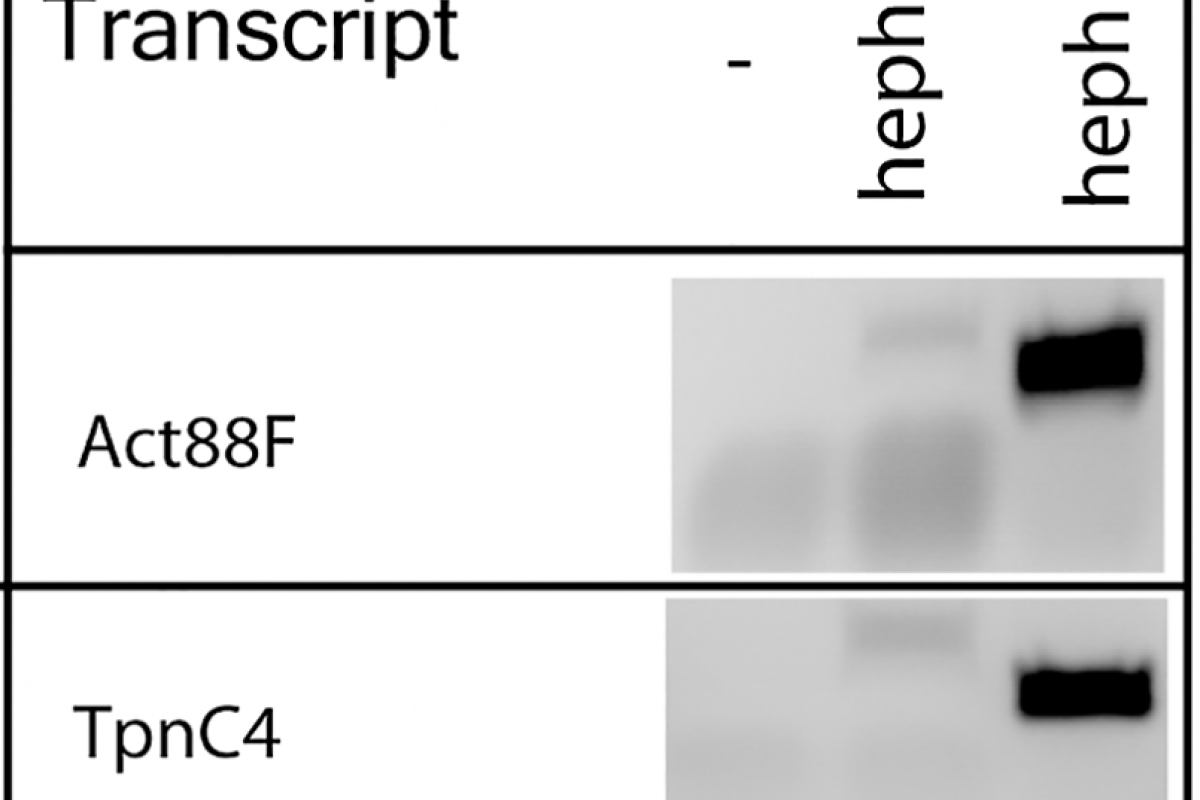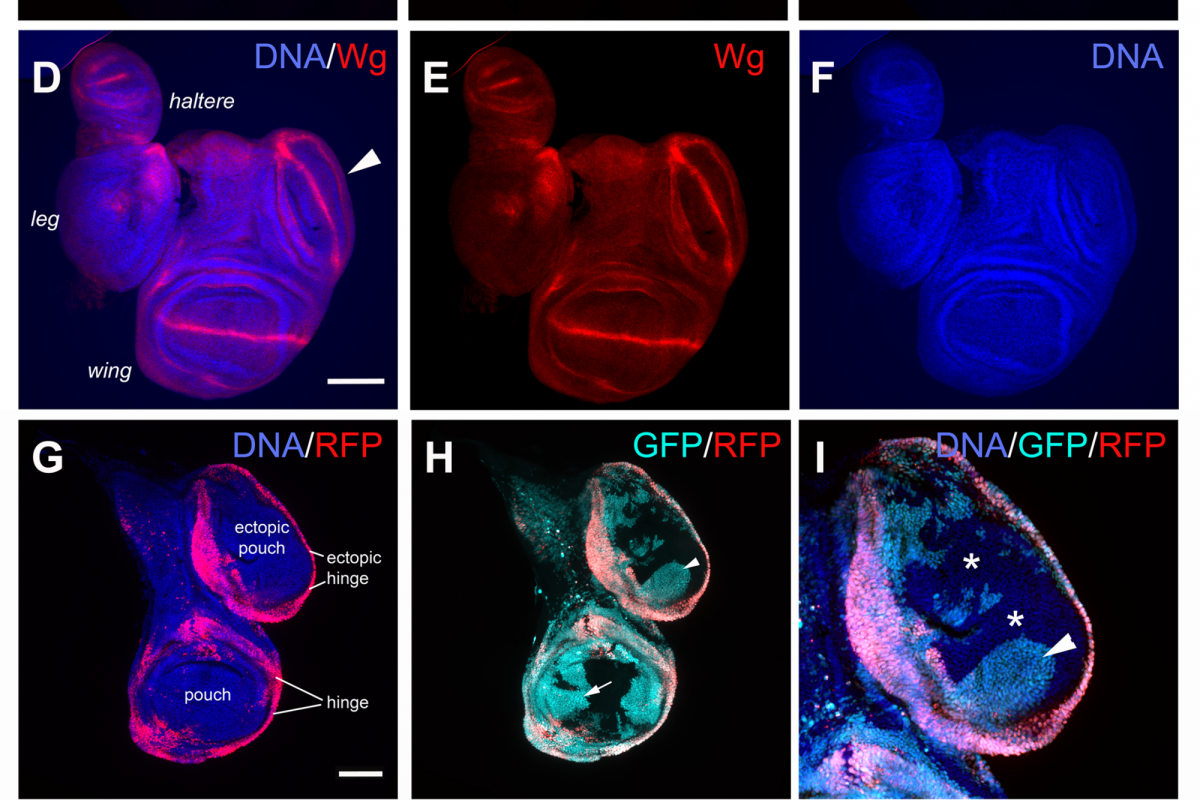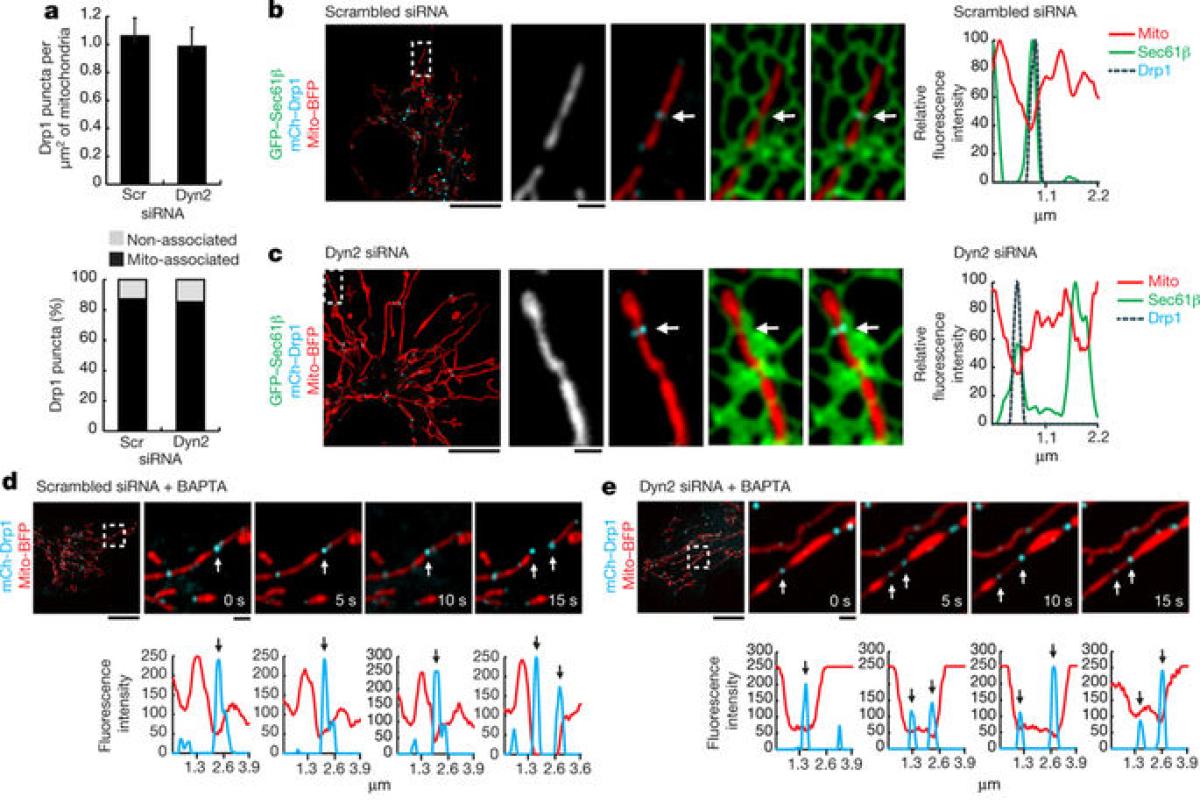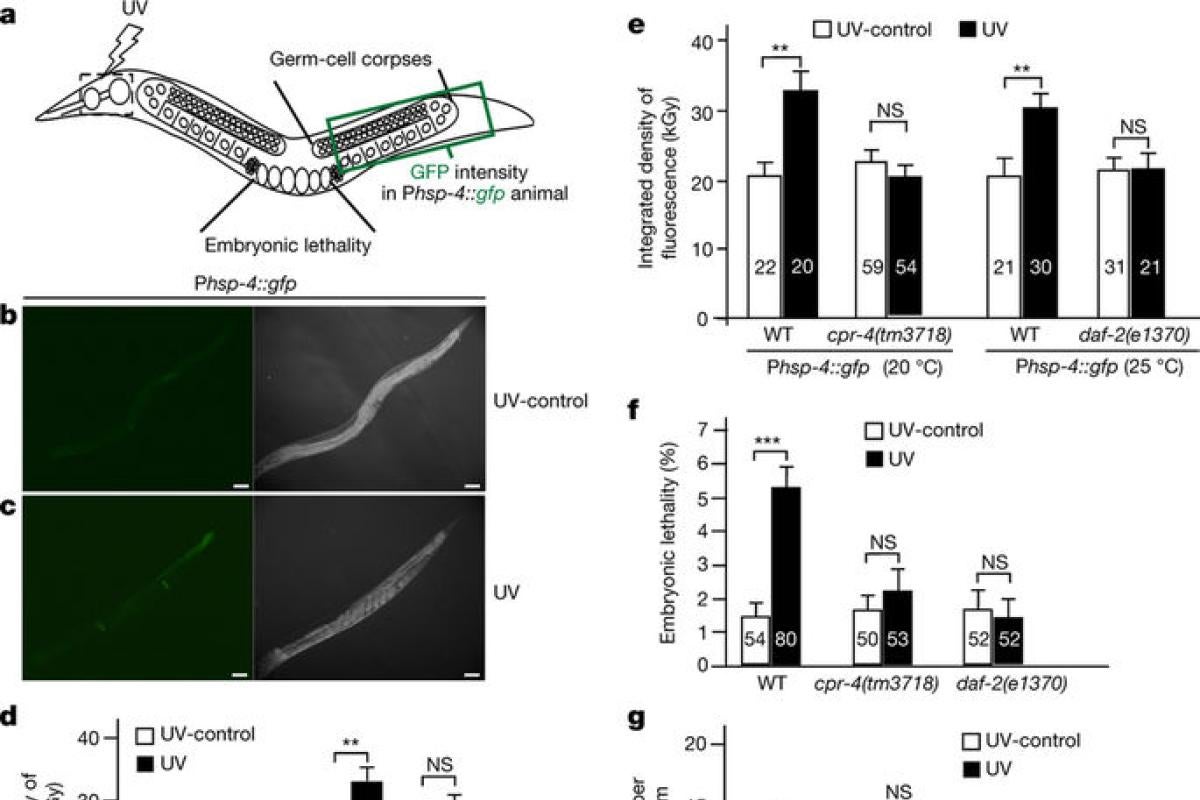Research Labs
The Arnoult lab focuses on genome stability, DNA repair and telomere biology.
We are interested in stem cell biology and cell fate change with an emphasis on epigenetic and post-transcriptional regulation
Telomerase, an RNP enzyme critical for chromosome end-replication, provides the subject for much of our research.
The Chuong lab is interested in the evolution of gene regulation in adaptation and disease.
Molecular evolution of enzymes and metabolic pathways; mechanistic enzymology; biodegradation of xenobiotic pollutants; bioinformatics.
Salmonella host-pathogen interactions
that contribute to persistent infection.
Molecular principles of brain wiring: linking genes with circuits and behaviors.
Mechanistic basis for individual differences in behavior and how these impact likelihood to develop mental illness.
Understanding transcriptional regulation: how does it work, evolve, and respond to perturbations?
The Eichel Lab investigates how neurons build their elaborate polarized architecture and how these mechanisms go awry in neurological disease states.
Genetic and molecular analysis of cell signaling, gene expression and metabolic events in regulating cellular and developmental events.
The Hill Lab studies how the microbiota influences the pancreas after birth.
Cryo-electron microscopy and 3-D reconstruction of large macromolecular assemblies and cellular structures, whenever possible in vivo.
Interactive teaching methods to increase conceptual understanding.
Myosin mutations and their effect on the heart, skeleton, and overall health.
The Niswander lab investigates novel mouse models of embryonic development with the overarching goal of providing insights into fundamental developmental processes, major human birth defects and potential clinical therapies.
Cell biology and genetics of membrane trafficking and protein degradation.
Stem cell biology; regeneration; skeletal muscle regeneration and aging; skeletal muscle stem cells and gene therapy; growth factors and signal transduction; mouse molecular genetics; muscular dystrophies and neuromuscular diseases.
We study the biogenesis of a molecular machine known as the proteasome, a major protease in eukaryotes.
We specialize in developing and applying high precision measurements using optical traps and atomic force microscopes to answer interesting questions.
The Sawyer lab studies viral immunity, viral evolution, and the transmission of viruses from animals to man.
The overarching goal of my group is to uncover the regulatory principles of vesicle-mediated cargo transport.
Dr. Singh's laboratory studies post-transcriptional gene regulation.
Our research is focused on molecular and supramolecular structures that facilitate communication between neurons at the chemical synapse and how such structures are perturbed in neurological disease.
Our goal is to understand how cells, tissues and organisms survive exposure to high energy radiation such as X-rays.
Our lab is studying how proteins generate the shape of the endoplasmic reticulum (ER).
Dr. Xue's research interests lie in studying the mechanisms of programmed cell death (or apoptosis), phospholipid asymmetry in biological membranes, mitochondrial inheritance, and radiation-induced bystander effects, as well as various human diseases associated with abnormalities in these fundamental biological processes.


